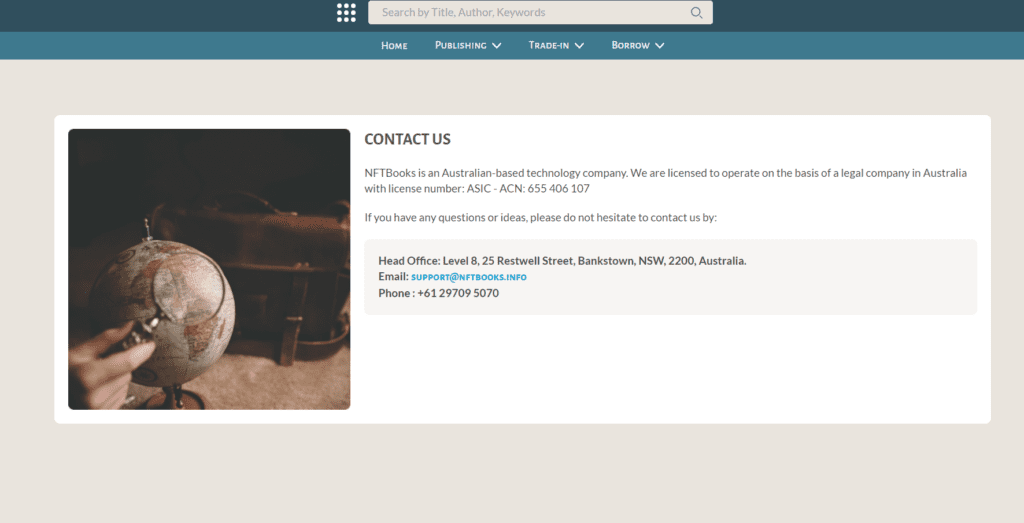Web3 is a decentralized network built on blockchain, offering exciting opportunities. Ownership on blockchains is recorded on a shared public ledger, enabling easy transfer of digital assets across platforms.
However, Web3 carries risks, as cybercrimes have surged. In 2022 alone, scammers stole $20 billion worth of crypto, double the amount from 2020 (from Chainalysis, a blockchain data firm).

This article provides tips on protecting your web3 wallet and yourself while trading in this market.
Take A Look Into Current Web3 Situation
Every day, more and more people are getting into cryptocurrencies, but using Web3 wallets can be confusing for both beginners and experienced users. It’s not just about understanding how they work, but also about following the best security practices.
Nowadays, hackers are getting smarter and targeting Web3 browser wallets with their malware. If they manage to get hold of your wallet’s seed phrase, they can quickly steal all your tokens and NFTs. This is happening all the time, and it’s not showing any signs of slowing down.
That’s why it’s important to take action and secure yourself before it’s too late. Otherwise, one wrong click or opening a malicious file could leave your web3 wallet completely empty overnight.
What You Should Do If Your Web3 Wallet Was Hacked?
You can find a lot of helpful information online about protecting yourself from scams and hacking. It’s important to follow safe practices like never sharing your seed phrase, using a different web3 wallet address for unknown connections, and being aware of app permissions and revoking them when needed. These steps can greatly reduce risks.

But what should you do if your web3 wallet gets hacked? Taking immediate action is crucial to minimize the damage. Here are some practical measures to protect your assets and potentially recover any lost funds:
| Check transaction history on platforms like Polygonscan and linked accounts. | Check the hack’s impact and identify stolen assets. Move all assets from the compromised wallet to a new one with a fresh seed phrase for better security. |
| Redefining the direction of attack. | Did you authorize transactions from unknown websites? Did you unknowingly open files from others? Did you participate in unverified airdrops? |
| Update passwords for your crypto wallet and associated accounts. | Use strong, unique passwords and consider a password manager for added security. |
| Revoke any/all untrusted wallet permissions | You can use Revoke.cash or any other revoke website to prevent any further transactions |
| Reaching out to the community or development team. | As they may offer assistance in recovering funds or tracking the stolen assets on the blockchain. |
| Secure your devices for crypto wallet access. | Install antivirus software, enable a firewall, and be cautious with suspicious links and unexpected windfalls. |
By following these steps, you can make it harder for someone to hack your web3 wallet and keep yourself safe for other scams.
How to Keep The Web3 Wallet Safe?
Your wallet is crucial for your crypto journey. It holds your private keys to access your assets and public keys for interacting with other web3 wallets. Losing your web3 wallet can be devastating, so protecting it should be your top priority. Here are a few simple tips to help you secure your web3 wallet:
- Never share your seed phrase: Your seed phrase gives full access to your holdings, so keep it private and avoid storing it online.
- Invest in a hardware wallet: Use a hardware wallet, like Ledger Nano X or Trezor Model One, for added security.
- Diversify your web3 wallets: Avoid putting all your assets in one wallet to minimize the risk of losing everything. Use hardware wallets for valuable assets.
- Control app and smart contract access: Regularly check and remove unnecessary or unknown applications with access to your wallet using services like Polygonscan’s Token Approval.
- Avoid unknown tokens: Stay cautious of airdrops or tokens from unknown sources to avoid scams and potential loss.
- Do your own research (DYOR): Thoroughly research projects before investing and be wary of scams, rug pulls, and FOMO spread by influencers.
- Guard personal information: Never share personal details with strangers or on social media, and avoid public transactions that may attract bad actors.
- Practice good password hygiene: Use long and complex passwords, avoid reusing passwords, enable two-factor authentication (2FA), and use a password manager.
- Be cautious when browsing the web: Avoid downloading files from strangers, verify search results before clicking, be wary of social media direct messages, and remove unnecessary Chrome extensions.
- Don’t respond to unsolicited DMs: Ignore unsolicited messages, especially those with links, and remember that legitimate project owners won’t contact you directly.
Secure The Web3 Wallet For Users On NFTBOOKS
Phishing scams extend beyond email to social media messages and DMs. Scammers posing as fake buyers are increasingly targeting users through social media DMs. Their goal is to deceive you into revealing sensitive information, sending NFTs, or sharing data with a malicious email address. To protect yourself from such phishing scams, consider following these steps:
NFTBOOKS’s contact policy
NFTBOOKS does not initiate contact through private messages on any social media platform. If you receive any communication from NFTBOOKS, please note that the email will come from [email protected]. It’s important to verify the email address to ensure it matches when you receive an email claiming to be from NFTBOOKS.
Avoid NFTBOOKS Accounts Requesting NFTBS or Cryptocurrency Transfers
NFTBOOKS will never ask you to send NFTBS to solve a support problem. If someone asks you to transfer NFTBS for support, they may be a scammer trying to trick you into losing your cryptocurrency or giving them control of your web3 wallet.
How to contact NFTBOOKS
If you ever need to contact NFTBOOKS with questions or concerns, you can follow these steps to contact us:
- Visit apps.nftbooks.info.
- Click on “Contact Us” to find our phone number and support email.

Closing Thoughts
In conclusion, Web3 presents exciting opportunities but also carries risks. Protecting your web3 wallet should be a priority. This article offers tips to secure your wallet and stay safe in the market. If your wallet is hacked, take immediate action, and follow the provided measures.
To keep your web3 wallet safe, follow best practices such as never sharing your seed phrase and investing in a hardware wallet. Be cautious of phishing scams and avoid suspicious requests. Safeguarding your web3 wallet is crucial for a secure crypto journey.







